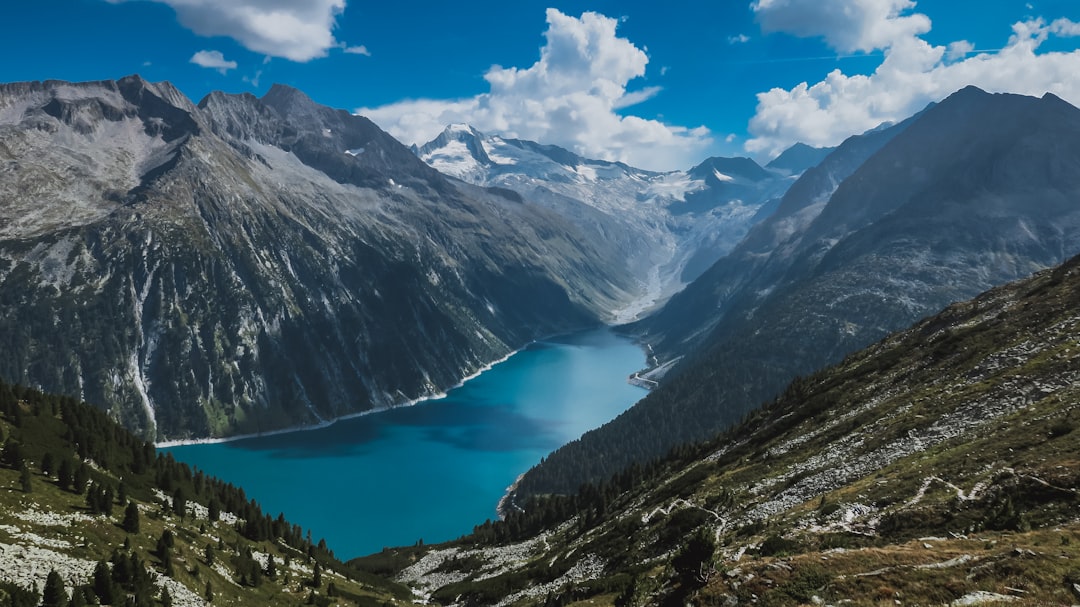What is it about?
The present paper describes the oligochaete assemblages of 12 Swiss Alpine lakes (1700–2500 m above sea level) in Canton Ticino. The lake catchment geology is dominated by gneiss. The scarcity of carbonate rocks leads to a low buffering capacity, increasing the lakes’ sensitivity to acidification. Because of their very low phosphorus concentrations, they are defined as ultraoligotrophic. Oligochaetes were identified from kick-samples taken from the outflow and littoral zone of the lakes one to three times per year in 1991–1994, 2003 and 2007, when the lake water chemistry was also characterized. Oligochaete assemblages consisted of 19 species in total, 18 of which were found in the littoral zone, and 10 in the outlets. Amongst them, Cernosvitoviella goodhui Healy, 1975 was recorded in Switzerland for the first time. Principal component analysis (PCA), performed excluding the highly alkaline Lake Bianco (pH = 7.8 and alkalinity = 566 μeq L−1) due to its atypical chemical composition, divided the remaining lakes into two groups with different sensitivity to acidity: the first group of four lakes was characterized by a higher average pH (6.4) and alkalinity (32 μeq L−1), whilst the second group of seven lakes was characterized by a lower average pH (5.7) and alkalinity (5 μeq L−1). Multivariate analysis performed on data collated from the littoral zone highlighted geo-lithology as a key driver in determining the species distribution among lakes. When applied to the lake outlet data, a similar distinction between acidic and calcareous waters was implied. Precipitation influenced the oligochaete assemblage in the littoral zone. During years with higher annual rainfall, the relative abundance of Enchytraeidae increased, probably because their semi-aquatic nature allows them to colonize the littoral zones that dry out periodically.
Featured Image
Why is it important?
This is one of the first papers reporting information on presence, distribution and relation with abiotic variables of Oligochaetes of the Alps.
Perspectives
Despite the importance of mountain lakes, and despite several scientific papers have been devoted to the abiotic aspects of these systems, in the Alps their oligochaete fauna has neither extensively nor intensively been studied until the 20th century. Thus, there is still the need for general knowledge on these assemblages, their richness and their diversity at high altitudes (especially at species level). My plan is to turn different papers devoted to the study of mountain lakes' biodiversity in a manifesto to draw the attention of the public and of the politicians on the small environments. It should become a political call to highlight what we are losing in term of habitats and of biodiversity. The preservation of these ecosystems and of the flora and fauna inhabiting them must become an absolute political priority in the European Union.
Dr Angela Boggero
CNR-Water Research Institute
Read the Original
This page is a summary of: Oligochaete assemblages of Swiss Alpine lakes, Italian Journal of Zoology, October 2014, Taylor & Francis,
DOI: 10.1080/11250003.2014.965230.
You can read the full text:
Contributors
The following have contributed to this page










